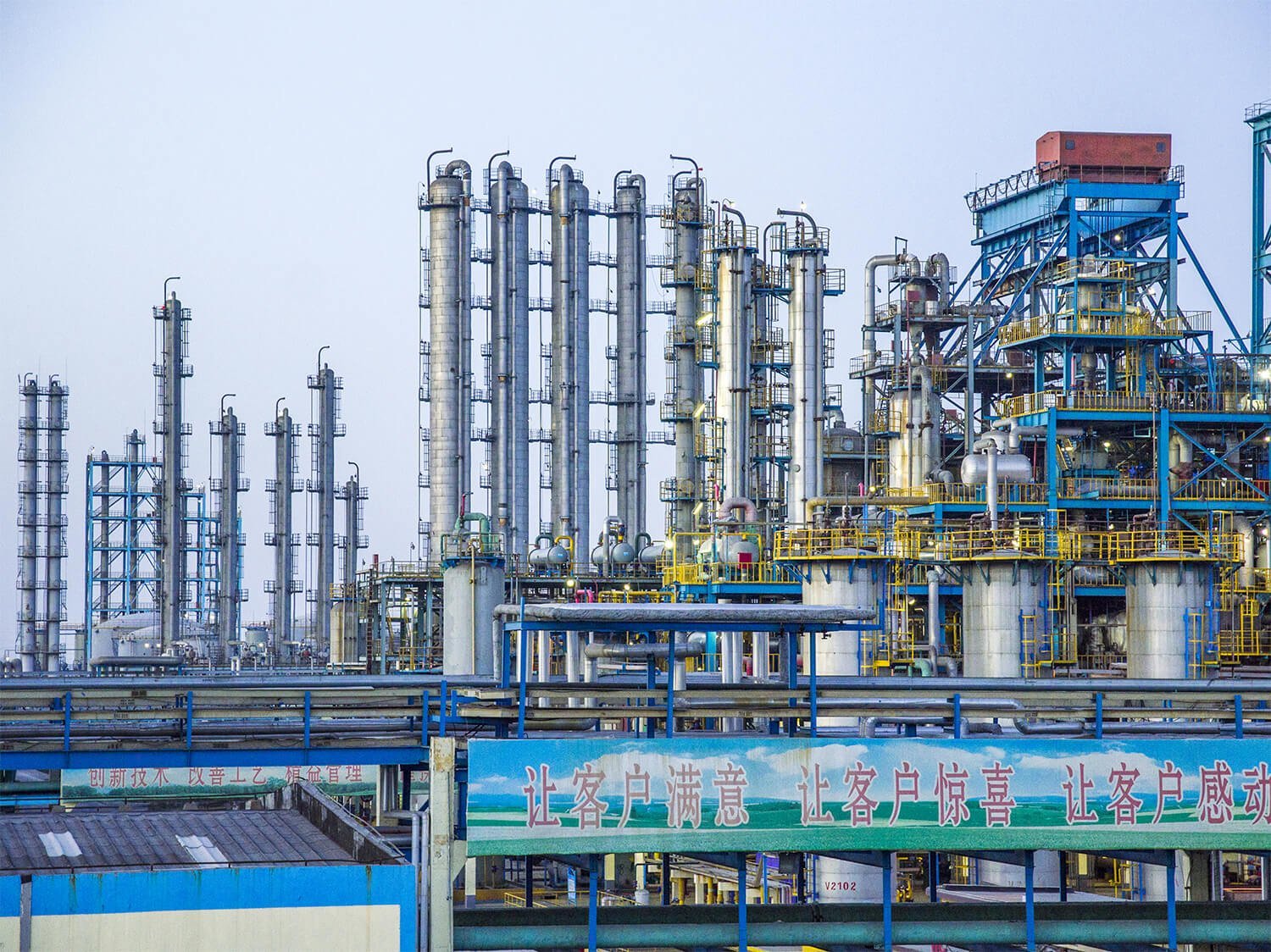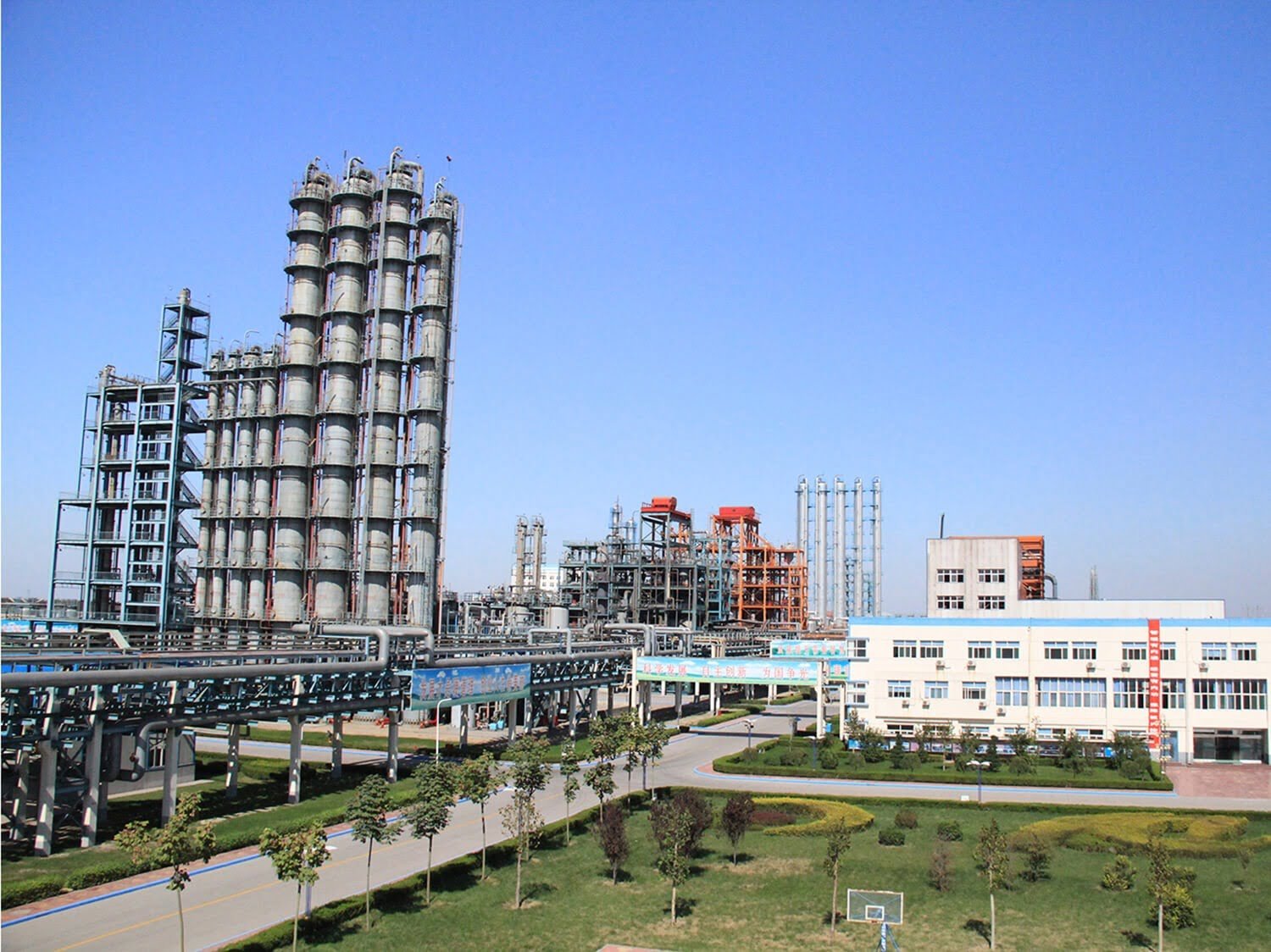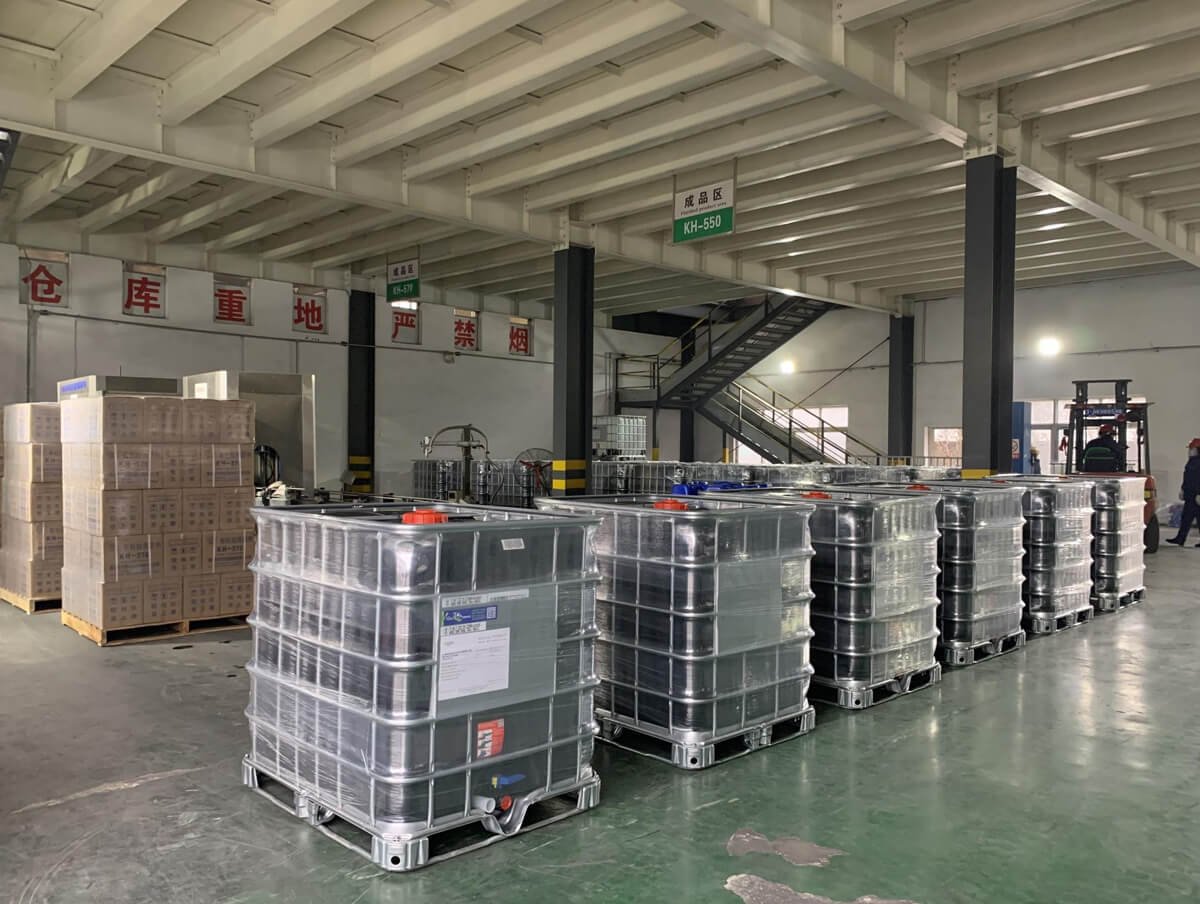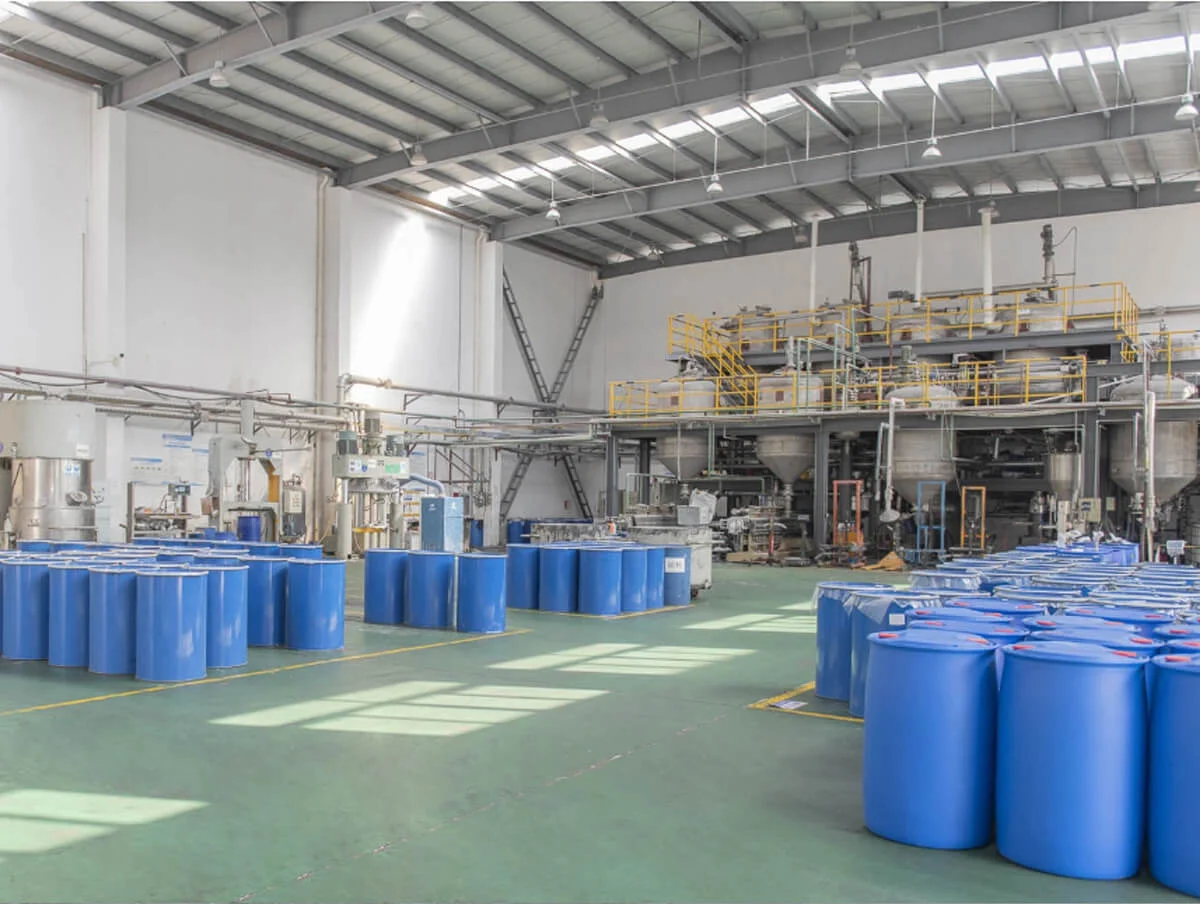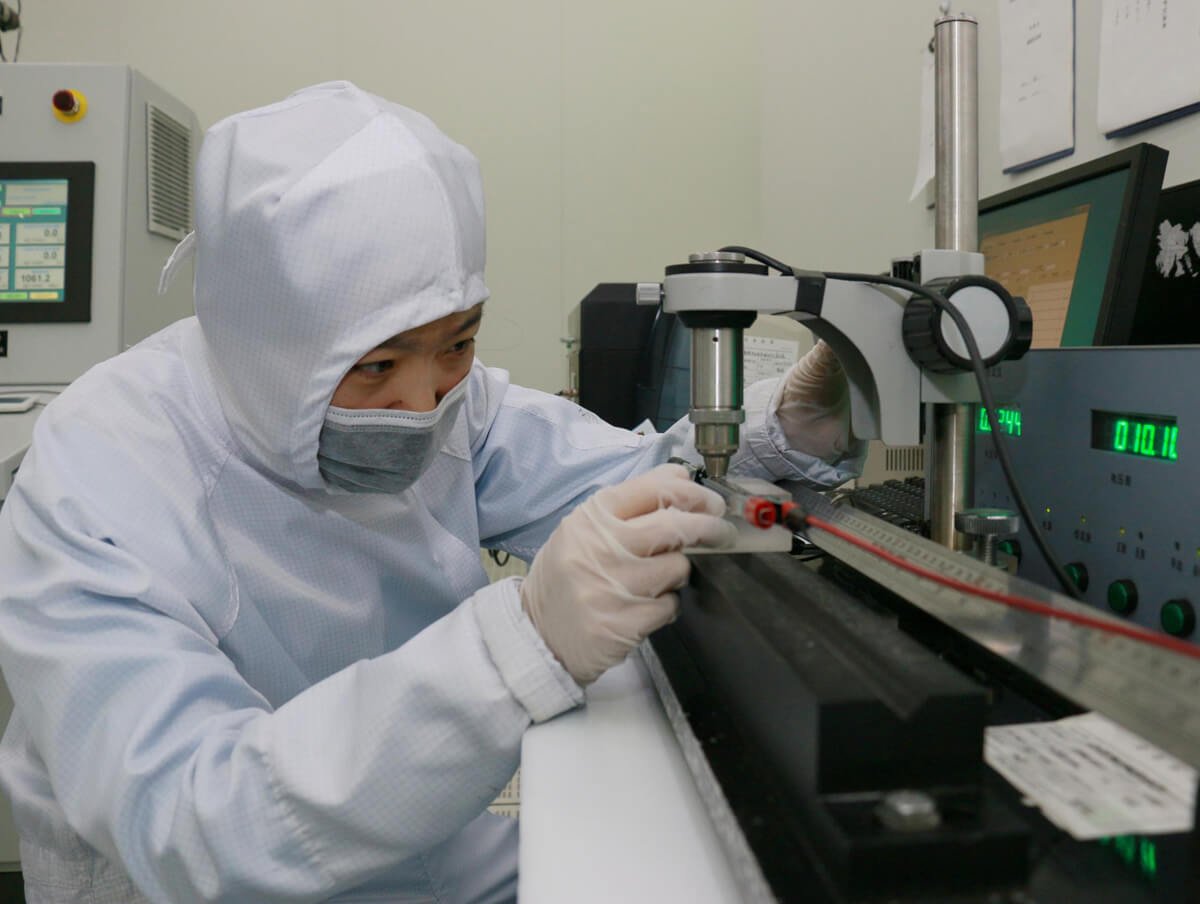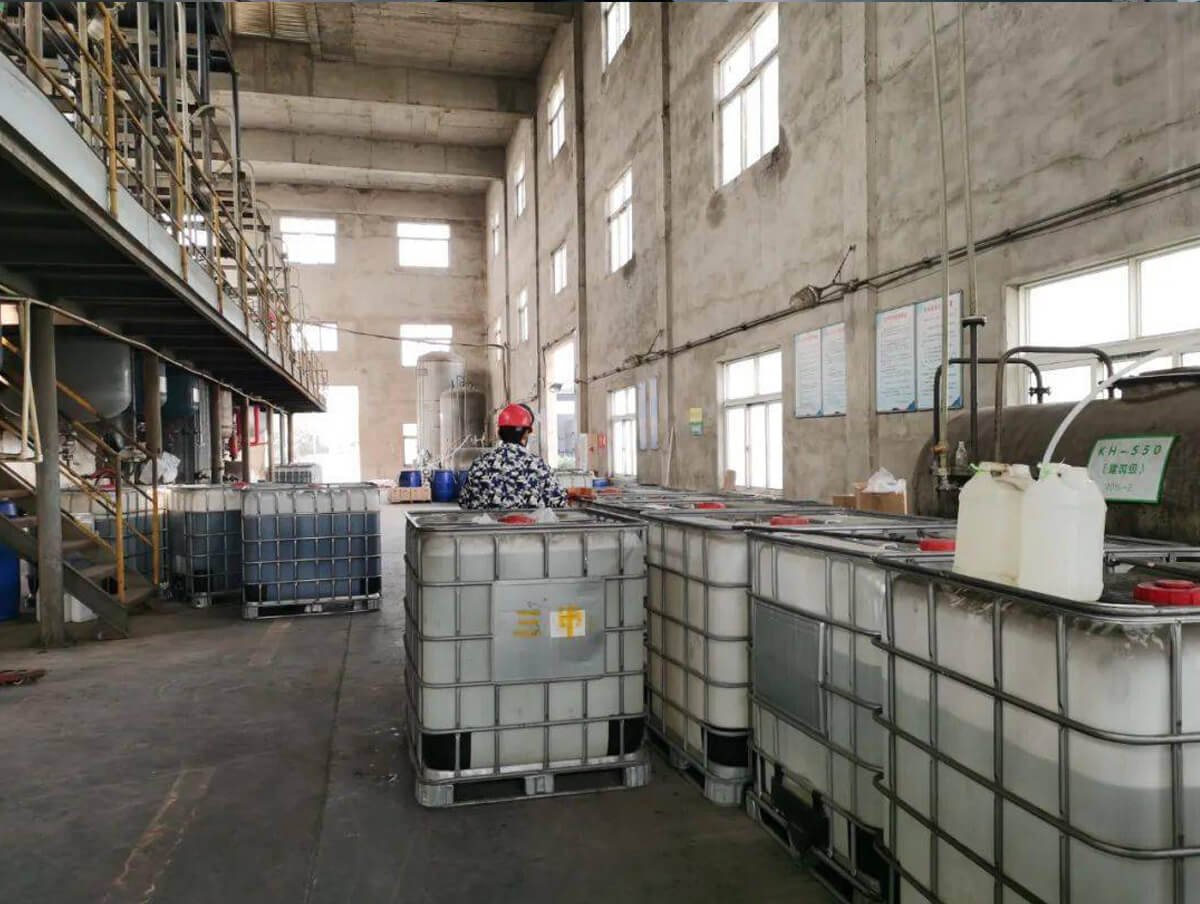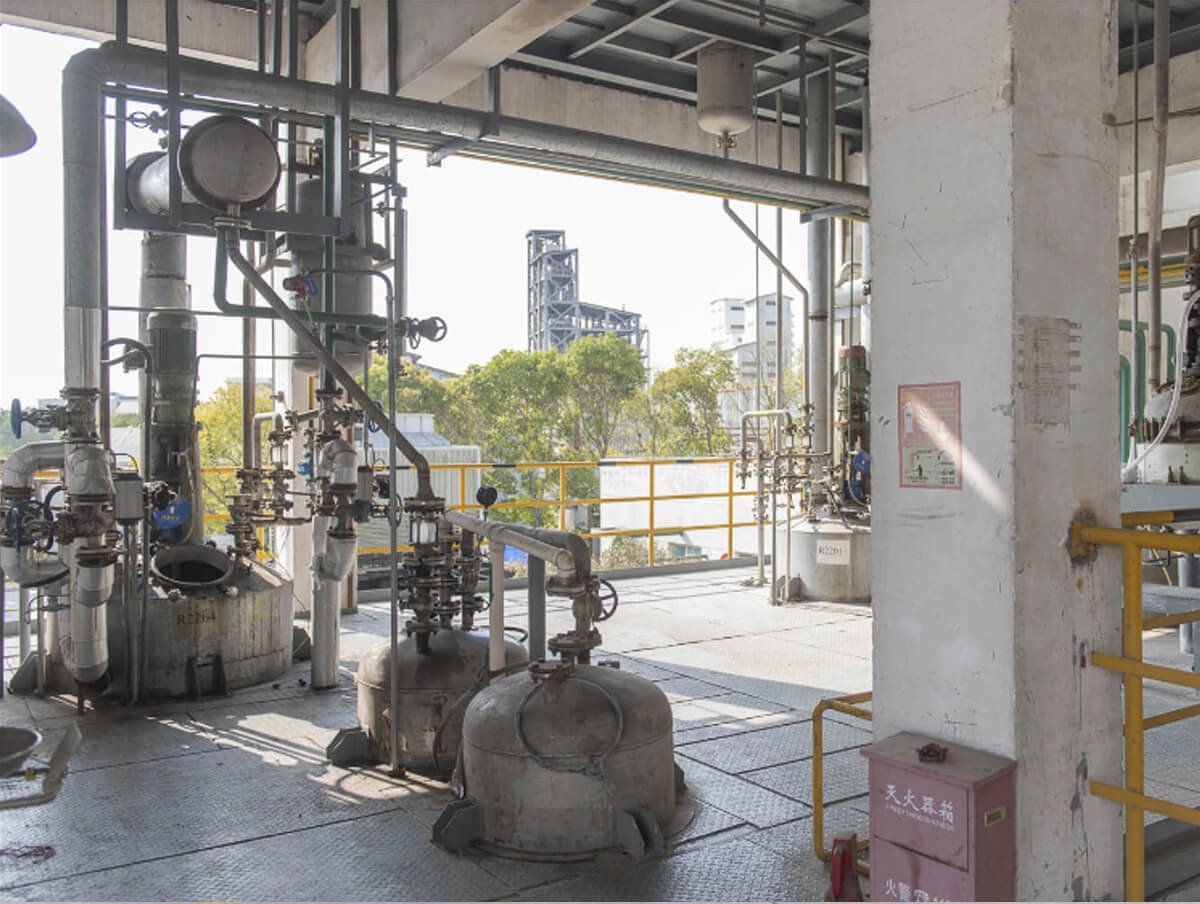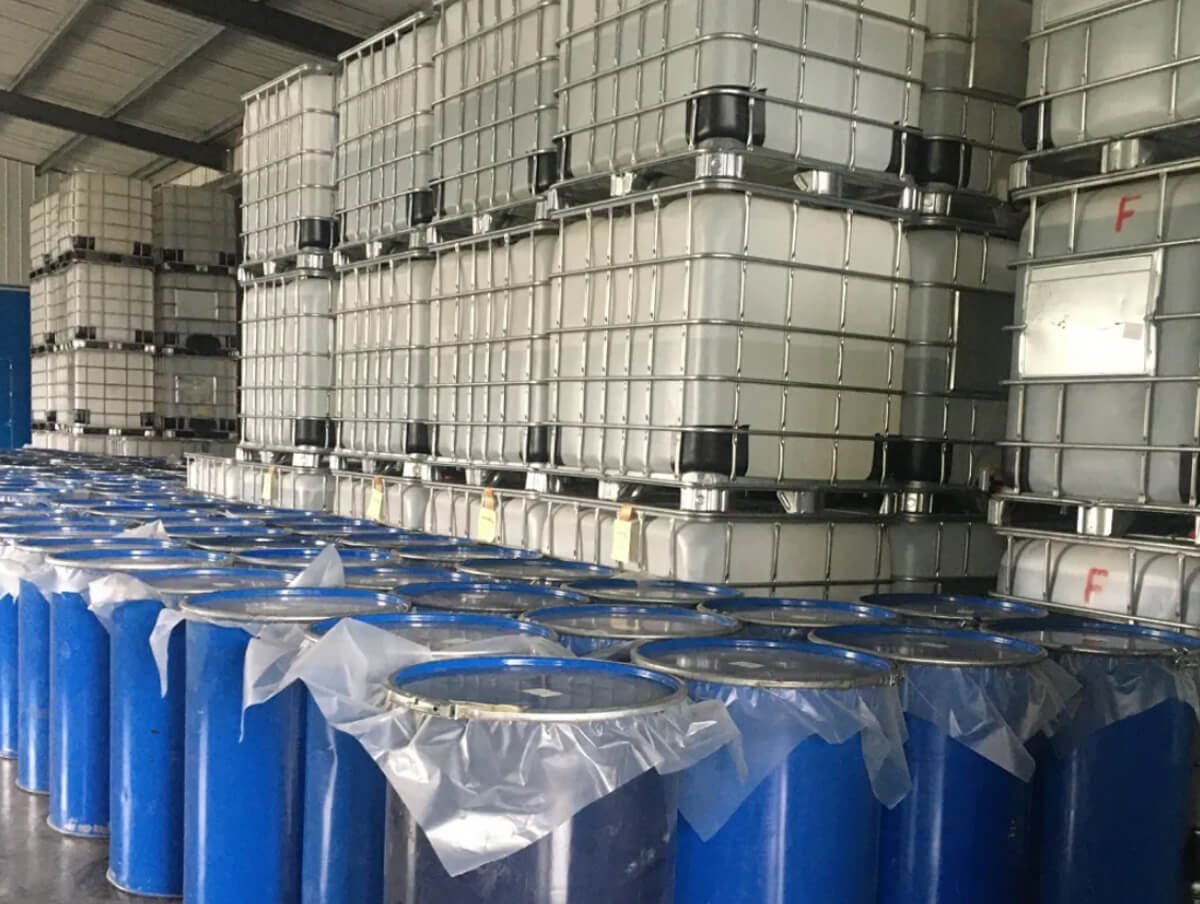
3-Glycidoxypropyltriethoxysilane
| Chemical Name: | 3-Glycidoxypropyltriethoxysilane |
| Product Category: | Epoxy Silanes | Silane Coupling Agent |
| Structural Formula: |  |
| CAS NO.: | 2602-34-8 |
| Molecular formula: | C₁₂H₂₆O₅Si |
| EINECS: | 220-011-6 |
| Molecular Weight: | 278.42 g/mol |
| Appearance: | Colorless to slightly yellow transparent liquid |
3-Glycidoxypropyltriethoxysilane Description
(3-Glycidyloxypropyl)triethoxysilane, commonly referred to as GPTES. GPTES is a versatile organosilane with epoxy and silane functional groups, widely used to enhance adhesion, surface modification, and material performance. It plays a key role in coatings, adhesives, composites, and semiconductor applications by improving the bond between organic polymers and inorganic surfaces like glass, metal, ceramics, and minerals.
With excellent hydrolysis resistance, crosslinking properties, and broad resin compatibility, GPTES ensures superior durability, chemical resistance, and mechanical strength, making it essential for high-performance industrial formulations.
| Chemical name | 3-Glycidoxypropyltriethoxysilane |
| Synonyms | 3-(2,3-Epoxypropyloxy) propyltriethoxysilane, Glycidyl 3-Triethoxysilylpropyl Ether, GPTES |
| Boiling Point | 124°C at 3 mmHg |
| Viscosity | Approximately 3 cSt at 25°C |
| Flash Point | 144°C |
| Density | 1.00 g/mL at 20°C |
| Refractive Index(nD20) | 1.425 at 20°C |
| Solubility | Reacts slowly with moisture; hydrolyzes in the presence of water |
| Uses |
|
| Safety and Handling |
|
| Packaging |
|
| Storage |
|
| Sample |
|
| Inventory items |
|
| Price |
|
Packaging Specifications


Jessica G.
Get the Latest Pricing and Information
- Quick and helpful reply within 8 hours;
- Tailored solutions provided for your project;
- One-stop purchasing service.
3-Glycidoxypropyltriethoxysilane : Guide
(3-Glycidyloxypropyl)triethoxysilane (CAS 2602-34-8) is a high-performance silane coupling agent widely used in coatings, adhesives, composites, electronics, and polymer modification. With its epoxy and silane functional groups, it significantly improves adhesion, durability, and chemical resistance in various industrial applications.
🔹 Key Benefits:
✔ Enhances adhesion between organic and inorganic materials
✔ Improves mechanical and thermal stability in composites
✔ Increases water and chemical resistance in coatings and adhesives
✔ Widely used in electronics, automotive, aerospace, and construction
⚠ Safety Precautions: Proper handling and storage are essential to prevent exposure and maintain product integrity.

